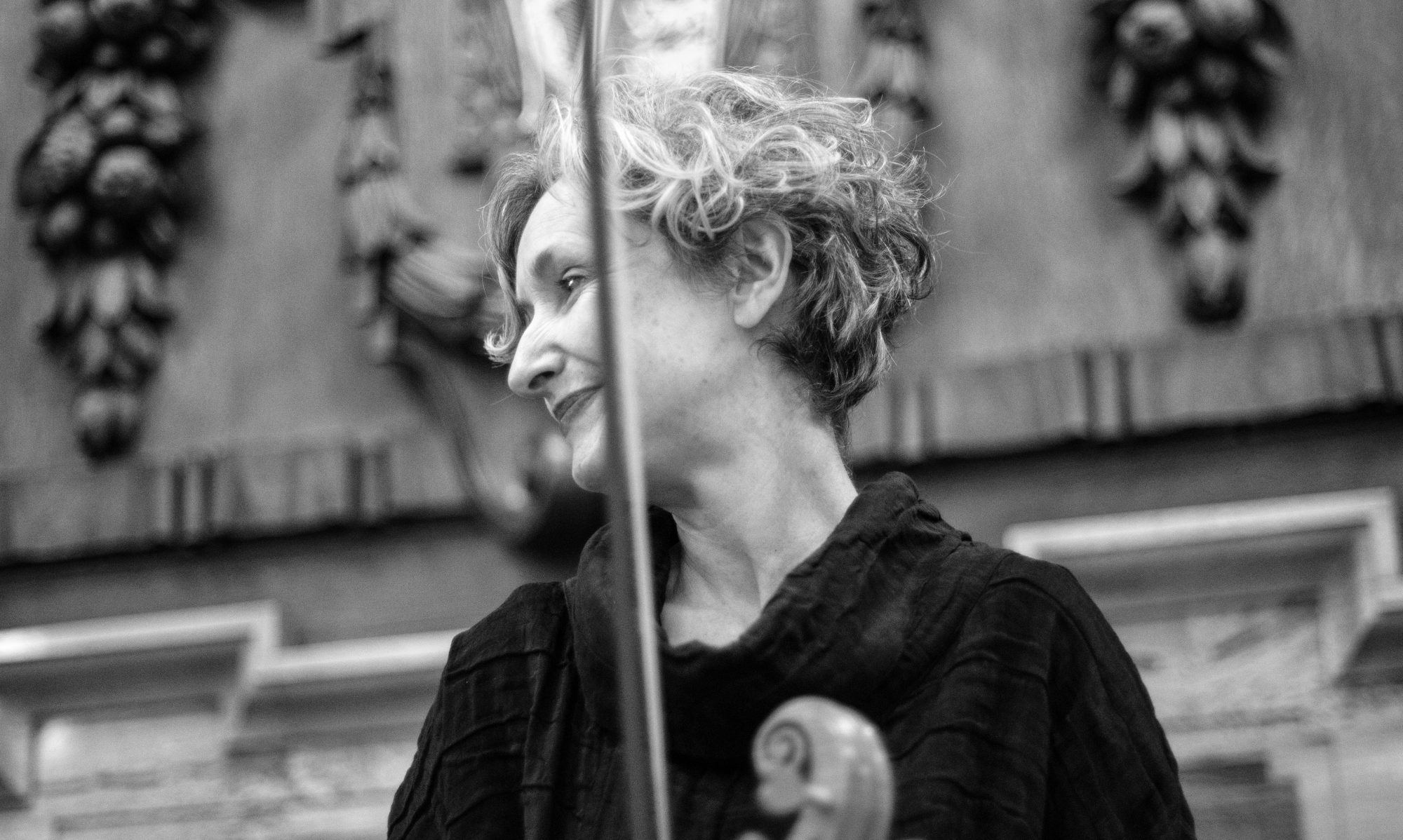I thought it would be good to do a blog about the making of the beautiful bass viol that Jane Julier made for me last year. I received an email from her just as the first UK lockdown was announced say that she could start working on my instrument the following Monday! I’d been on the waiting list for over 2 years so it was such an exciting moment.
The instrument she was going to make is a copy of Lucy Robinson’s ‘unknown 1645’ English bass viol. Jane asked what I wanted in the instrument and I sent her a bonkers film with drawings, photos and music that I liked, which she interpreted perfectly as:
Architectural/vaulting/soaring/spires/rose window
Structure/depth of field/texture/space/resonance
Light/expressive/complexity/colour/stillness.
And this is the story in pictures taken by Jane, and the close ups by Ross Emerson.
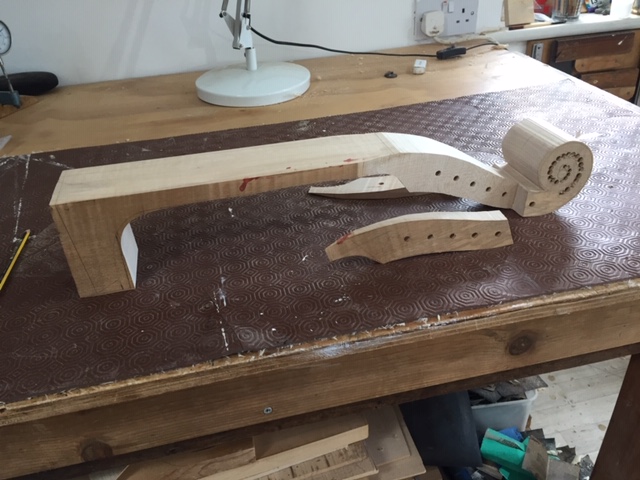
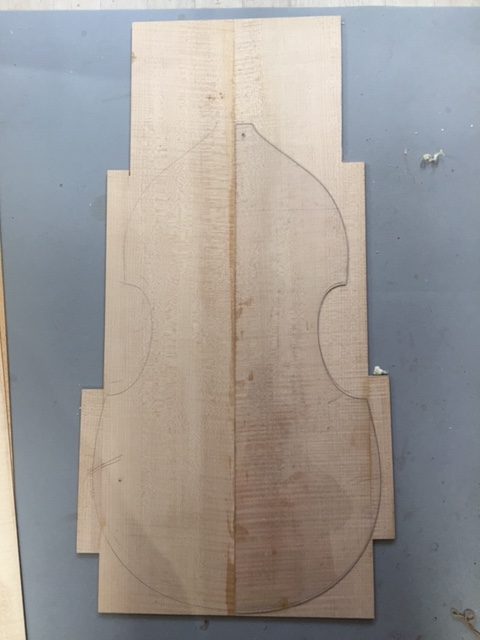

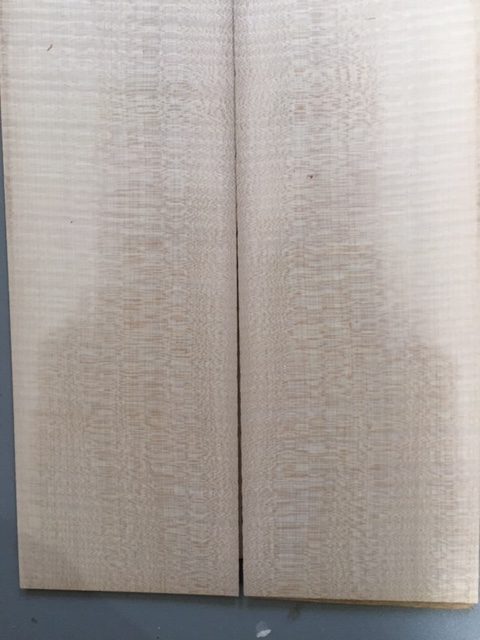
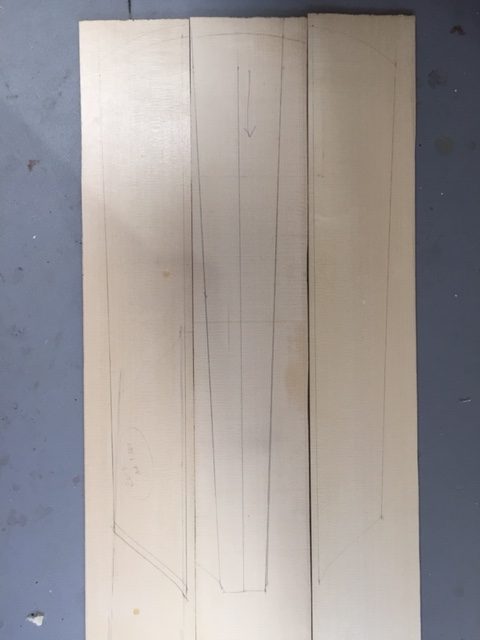
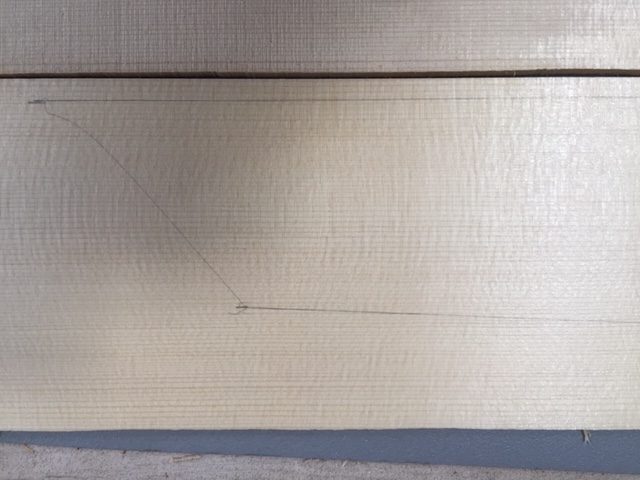
Medullary lines in the spruce and sycamore. Structure!
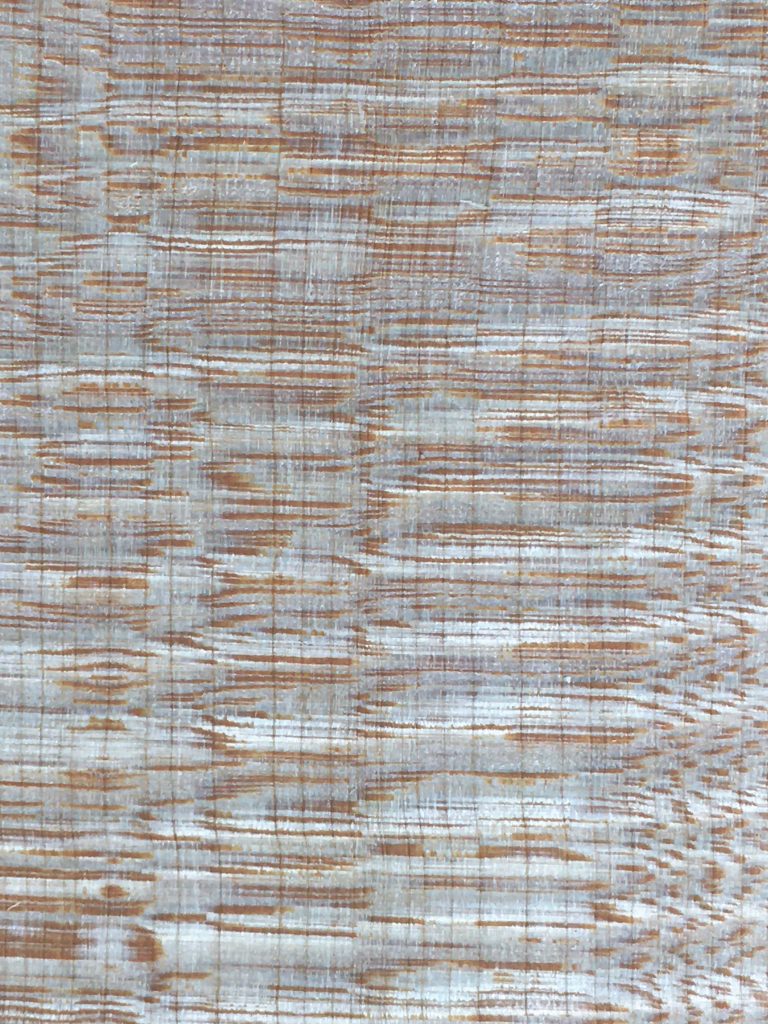
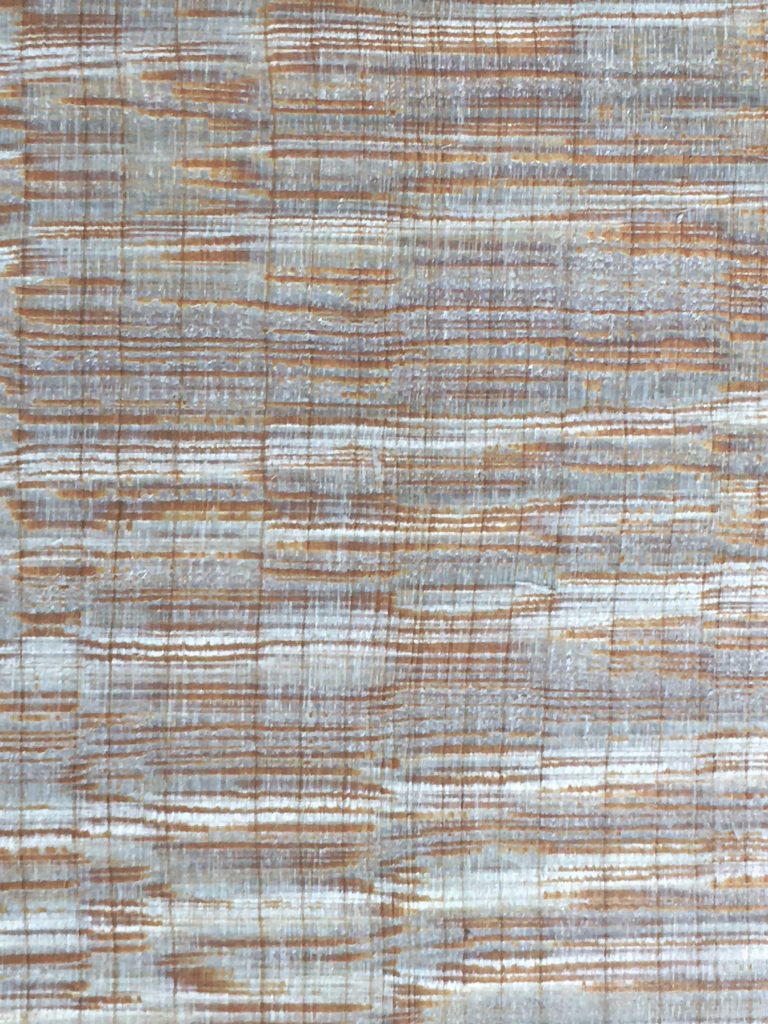
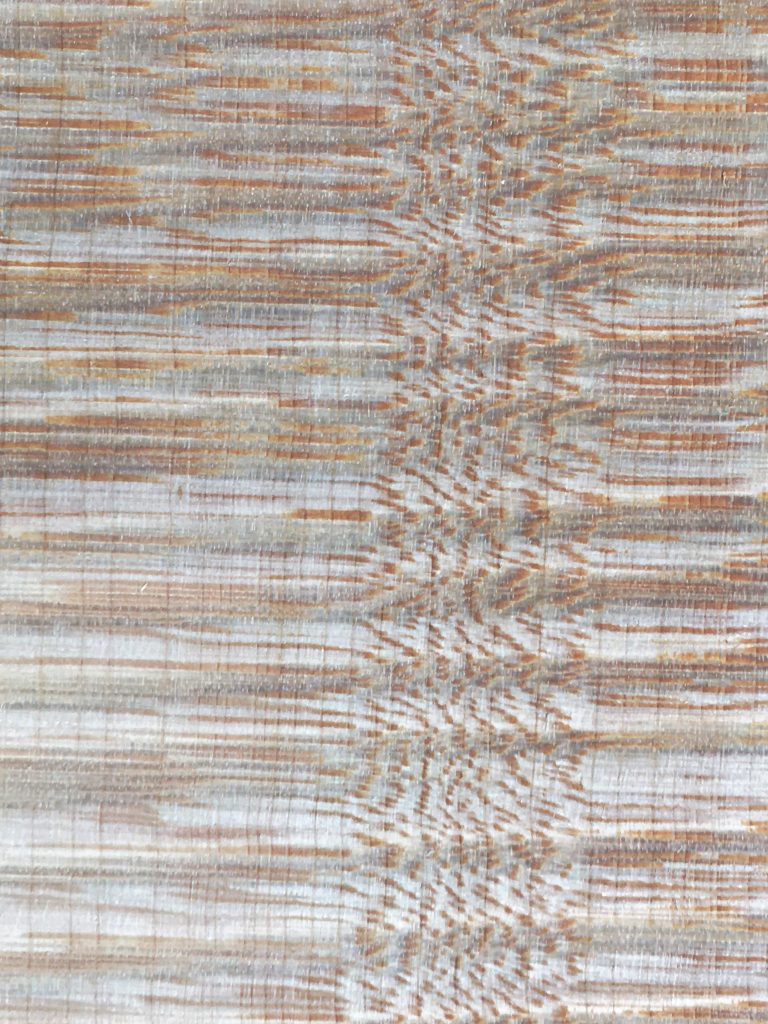
So the sycamore is back ribs and neck block. The spruce is the long creamy lengths with the outline of the bent pieces.


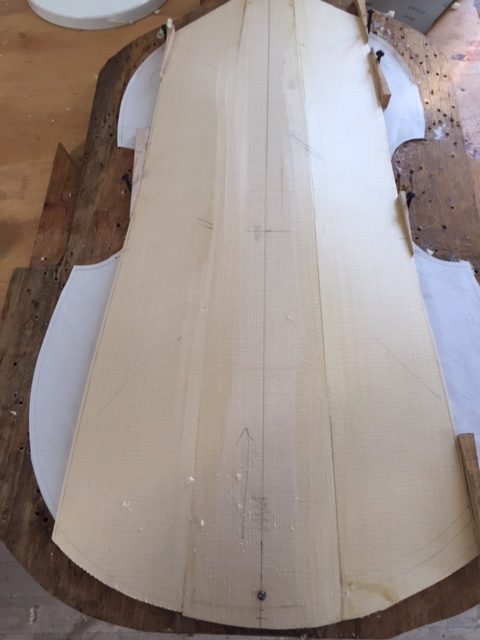
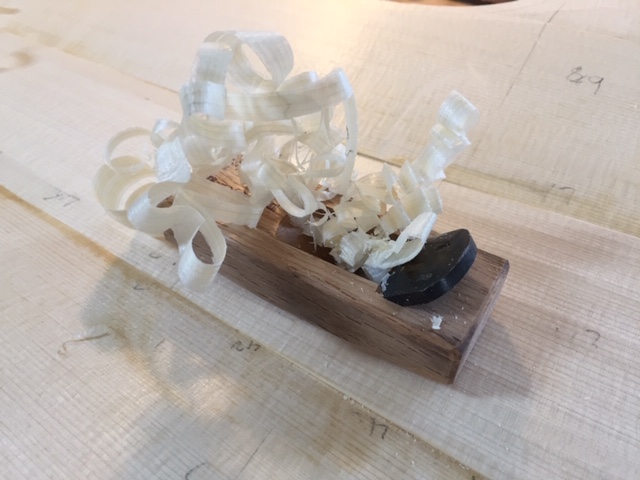
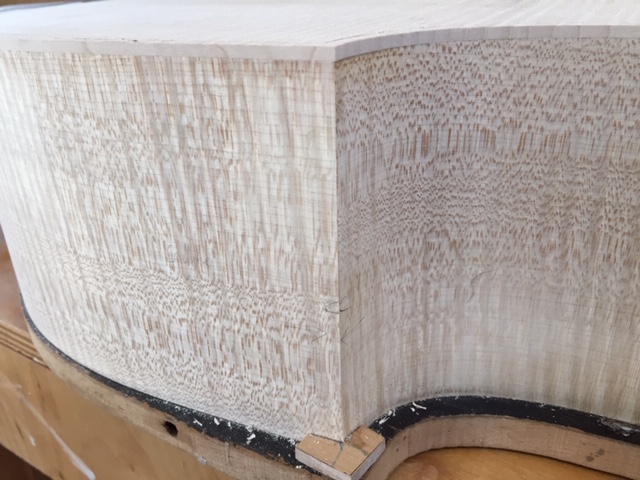



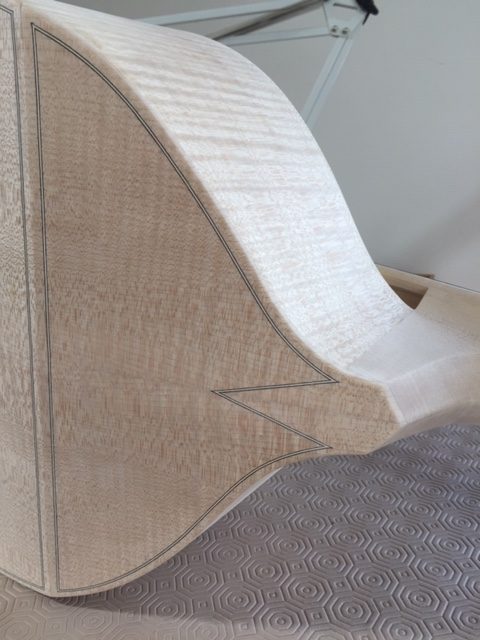
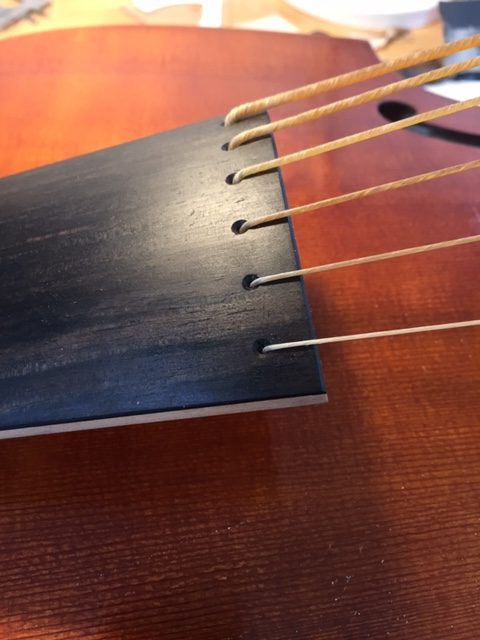
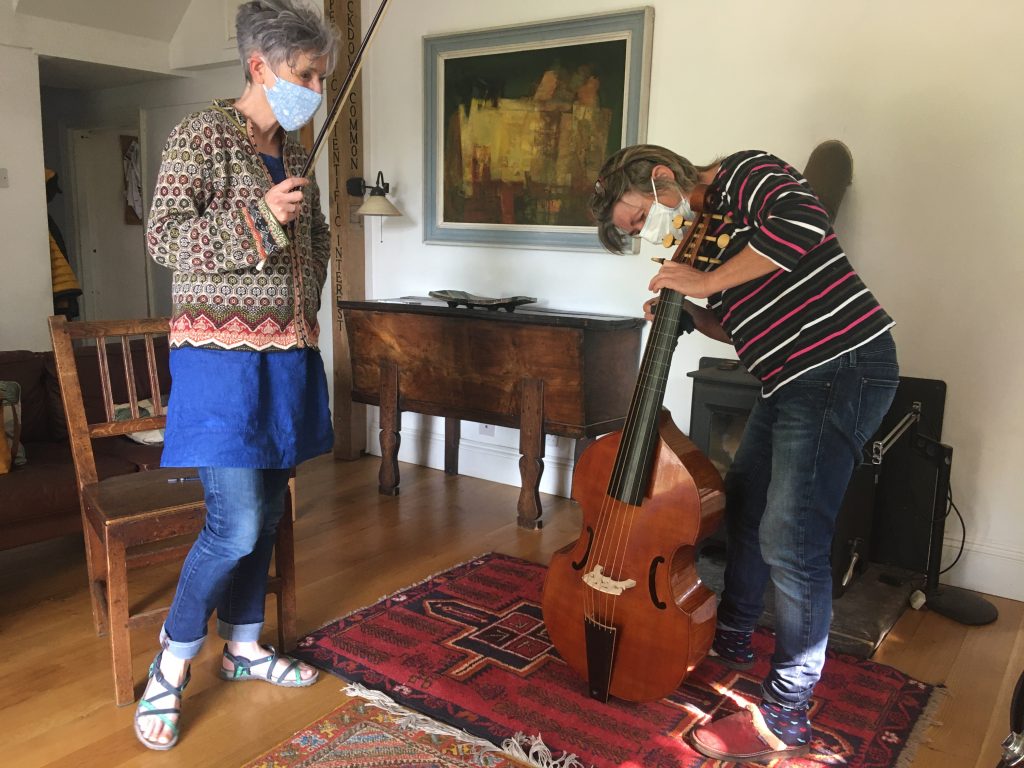
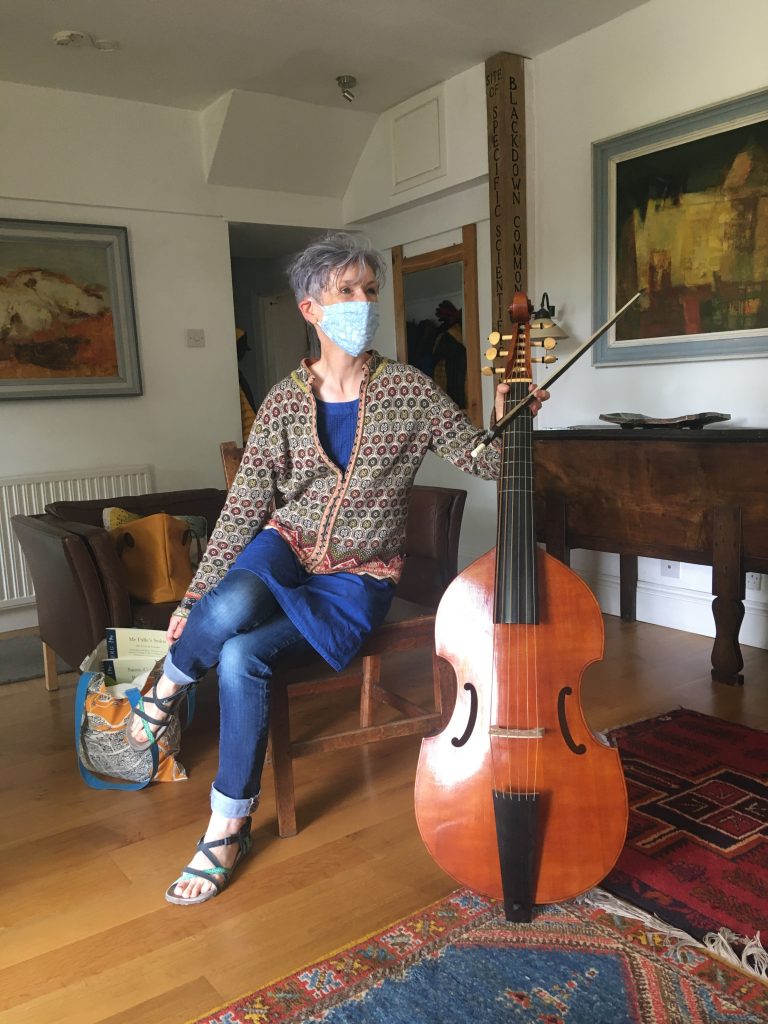
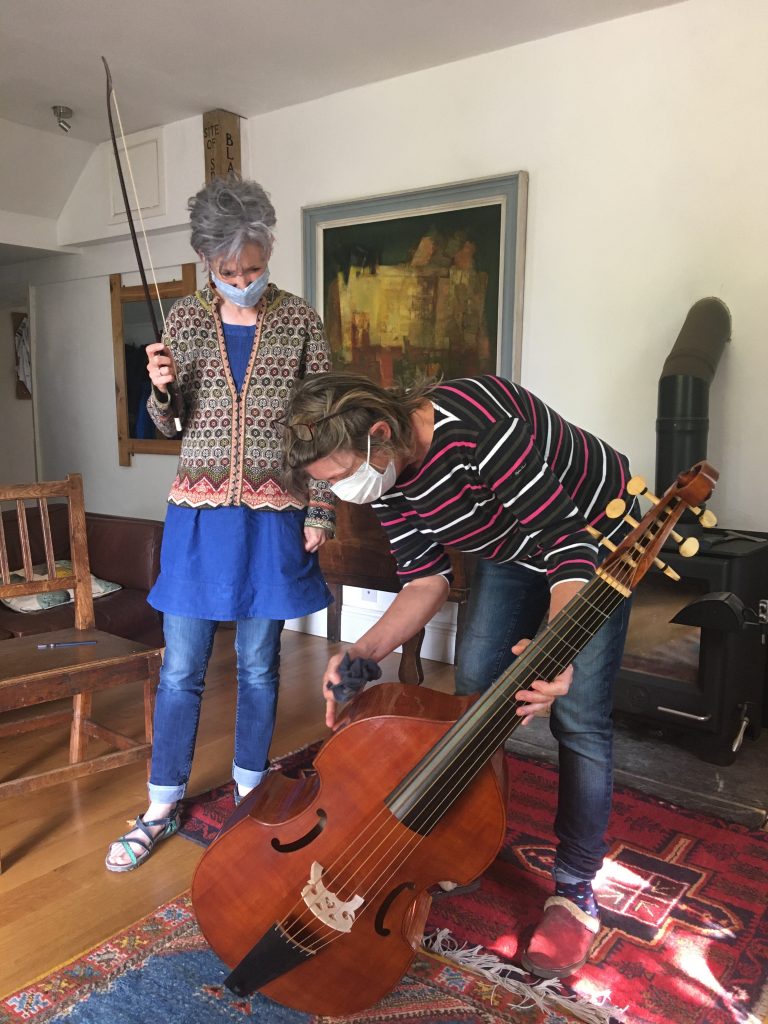
Here it is being played in Ensemble Échos at St Helen’s Church, Worcester in October. Videos by Michael Hamilton of Real Music Videos
And here in collaboration with the extraordinarily brilliant Alex Duncan – Assassin of Sound. Ragwort and Blackberry plant noise with viol.
Thank you Jane for the your alchemic skills and the love that you put into making my wonderful instrument!
Now I need to get it out of my studio and share it with you all.
